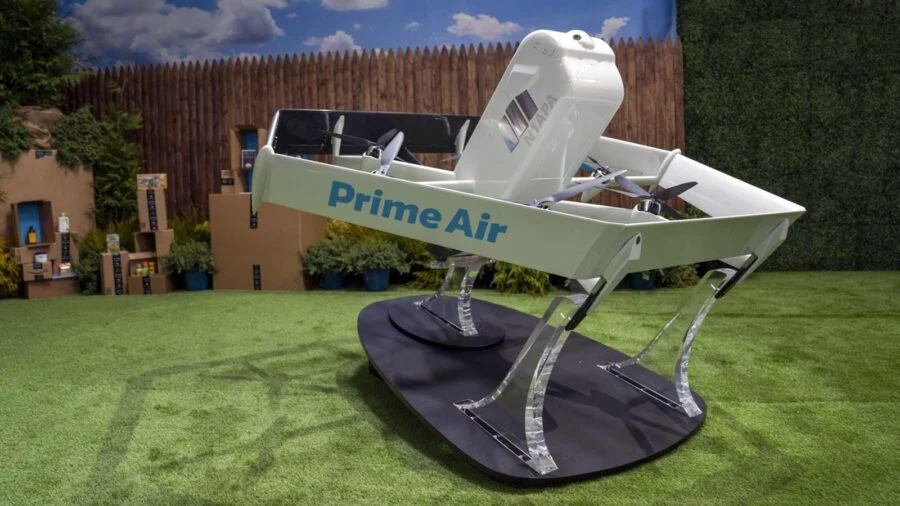
It’s been almost a decade since Jeff Bezos promised Amazon delivery drones. About a month after Amazon Prime Air made its first deliveries in California and Texas, it served fewer than 10 households — and already laid off more than half of the employees at those locations.
This is claimed by the report of The Information and Business Insider, and Amazon doesn’t deny it.
Amazon spokeswoman Maria Boschetti did not dispute the numbers, but also said Prime Air is working to expand drone deliveries in California and Texas with approval from the US Federal Aviation Administration (FAA).
The reason Amazon doesn’t have many drone delivery customers yet may be that Amazon’s drones aren’t allowed to fly over roads on their own.
In order for the drone to fly across the road, according to FAA regulations, Amazon employees must make sure there are no vehicles on the road at the time. That is a drone designed to replace a human needs people to reach its destination.
The FAA does not issue licenses for the operation of autonomous drones and drone delivery services. It creates specific exceptions to the strict rules for the use of US airspace, each of which has a long list of conditions that companies must comply with.
Until November 2022, Amazon could not even operate its drones outside of sparsely populated areas, could not fly over buildings or closer than 30 meters from them, and had to be limited to flying over property under Amazon’s full control. The FAA required Amazon’s drone pilots to have a private pilot’s license, which allows them to fly an aircraft, not just a drone.
It seems to have been reasonable. In four months, five accidents occurred at Amazon’s test sites in Oregon, and one of them led to a fire. The drone weighs more than 40 kg.
But these rules were in effect at the experimental stage, and last November Amazon successfully proved that its experience and the new, safer, and more autonomous MK27-2 drone do not require many people and such serious precautions. Among other things, the FAA cited an “advanced computer vision system that allows the detection of people or obstacles under the UAV during delivery or landing,” an automatic flight termination feature, remote warnings, and the fact that the drone can fly even if the failure of one of the six engines as reasons for lifting these particular restrictions.

